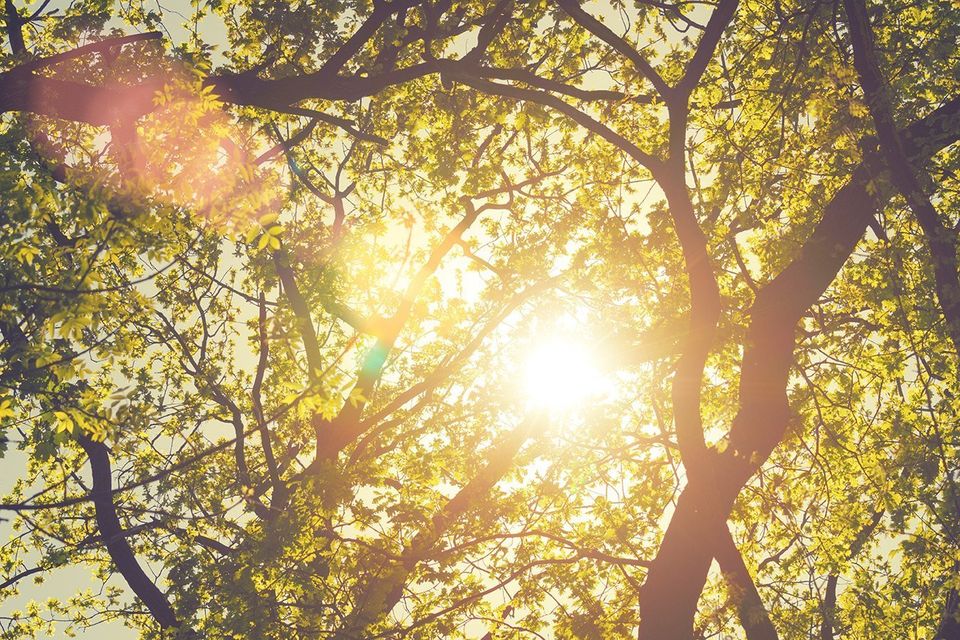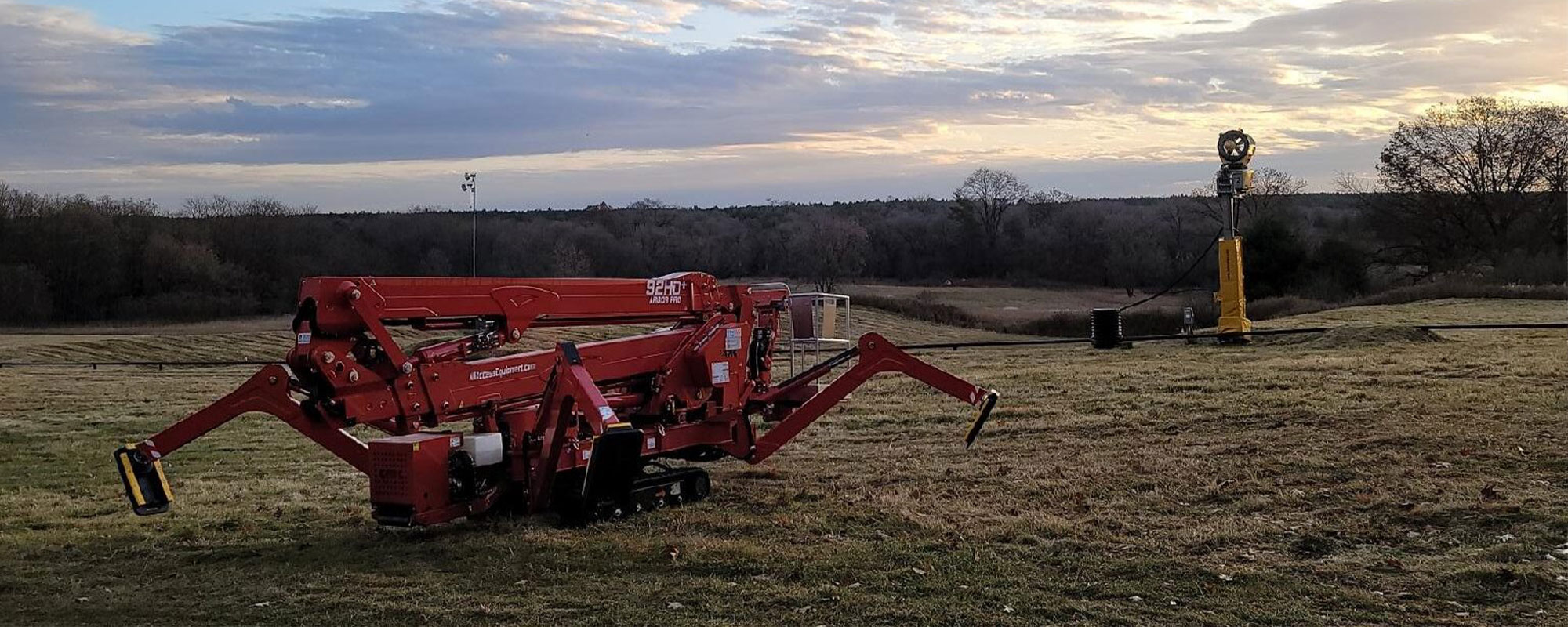
18 Apr Featured Tree – Sugar Maple
Occasionally, we’d like to feature a specific tree. We’ll highlight the good and the bad of the different types of trees in our area, so you can not only learn but also make informed decisions on which trees you may want to plant the next time you find yourself with a bare spot in the yard.
This time, our featured tree is the Sugar Maple. Claimed to be the most loved tree in the US, it’s the state tree of New York, West Virginia, Wisconsin and Vermont. It’s even featured on the state quarter for Vermont. In Wisconsin, it was originally selected as the state tree in 1893 by school children before officially becoming a state symbol during the 1949 centennial session.
Considered both a shade tree and an ornamental tree, it’s the perfect addition for yards. In the fall it adds beauty to any landscape with leaves of yellow, burnt orange and red. Fully mature it can stand 60-80 feet tall and have a dense crown reaching 40-50 feet wide, in a round or oval shape, creating some wonderful shade.
The sugar maple is a medium to fast growing tree, growing between 12 and 24 inches per year in well-drained, acidic soil. Like any tree, it prefers moist soil, but it’s moderately drought resilient. This particular maple is also the most shade tolerant, making it the most found maple in most forests, where it provides food for squirrels, deer, moose and snowshoe hare.
As a deciduous tree that can live for over 400 years, it’s is mostly found in the northern region of the country. This is due to the fact that the sugar maple needs the cold winters and hard freezes of the north to properly go dormant. With perfect temperatures for the seed germination of this tree being slightly above freezing, you wont find it anywhere that doesn’t get colder than 50. No other known tree species has this particular property, making it a quite unique tree. Even if the sugar maple did grow in the south, they wouldn’t be able to collect sap as the cold weather we have here is what gets the sap flowing.
Because of these properties, climate change has a rather large impact on the habitat of this tree. As the temperatures rise, the region that this tree can live in is slowly moving north.
Sugar maples use something called hydraulic lift to get water during dry periods. Hydraulic lift is when the tree brings water from deep in the ground up toward surface, sharing the water with plants around them in the the dry upper soil levels.
This maple is the primary source of maple syrup and is the main wood used for gun stocks, musical instruments, bowling alleys and pins, baseball bats, pool cues and basketball courts, including courts used by the NBA.

